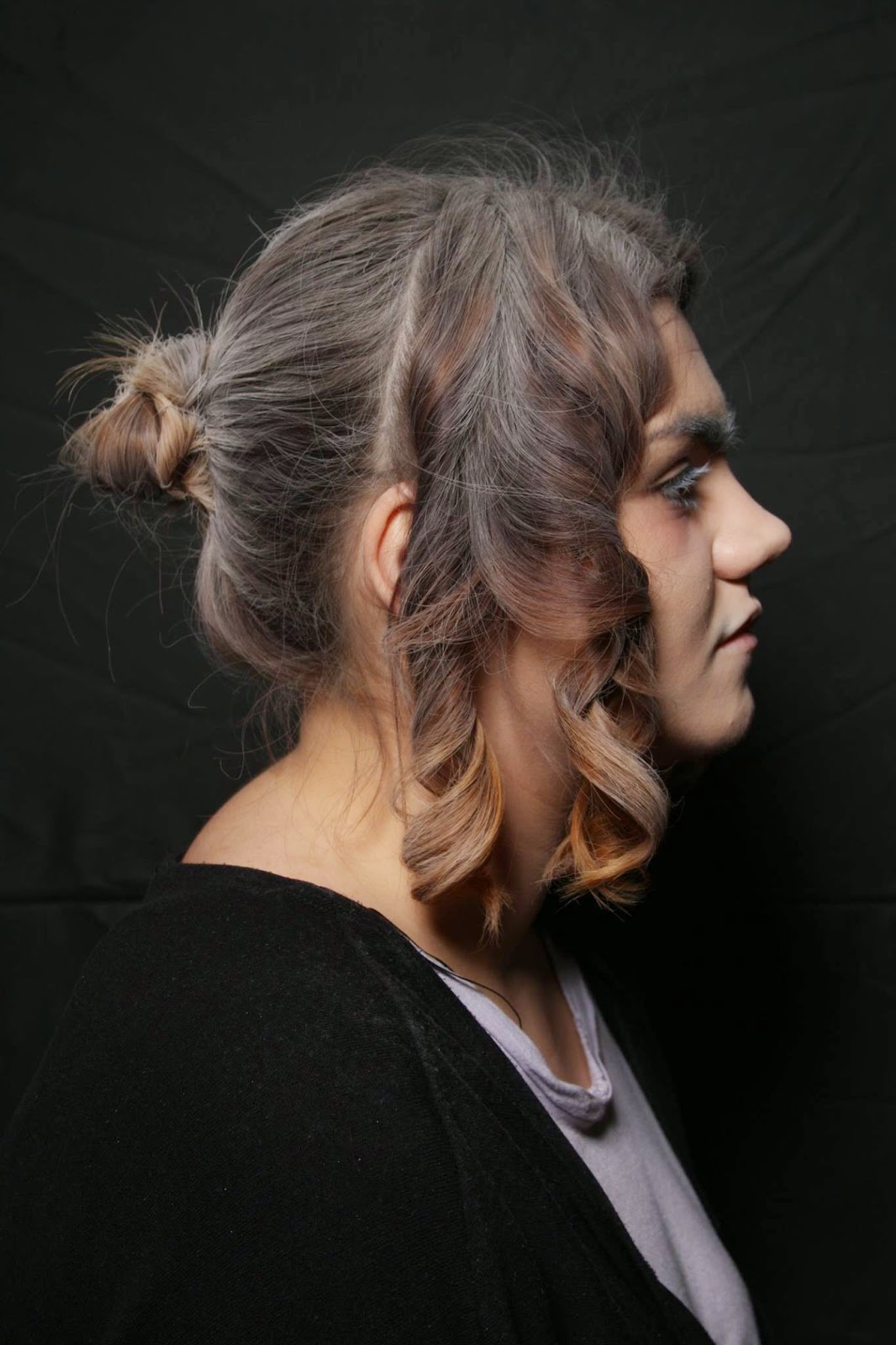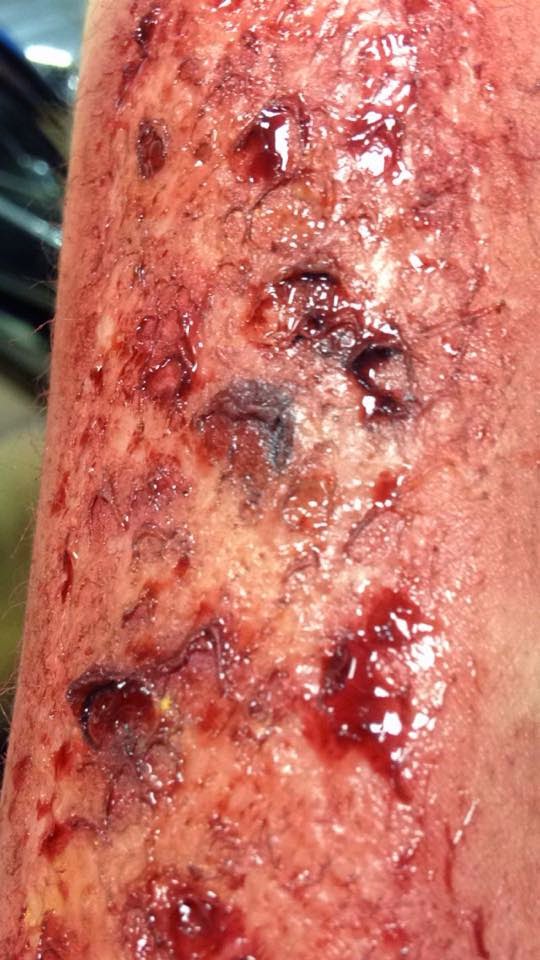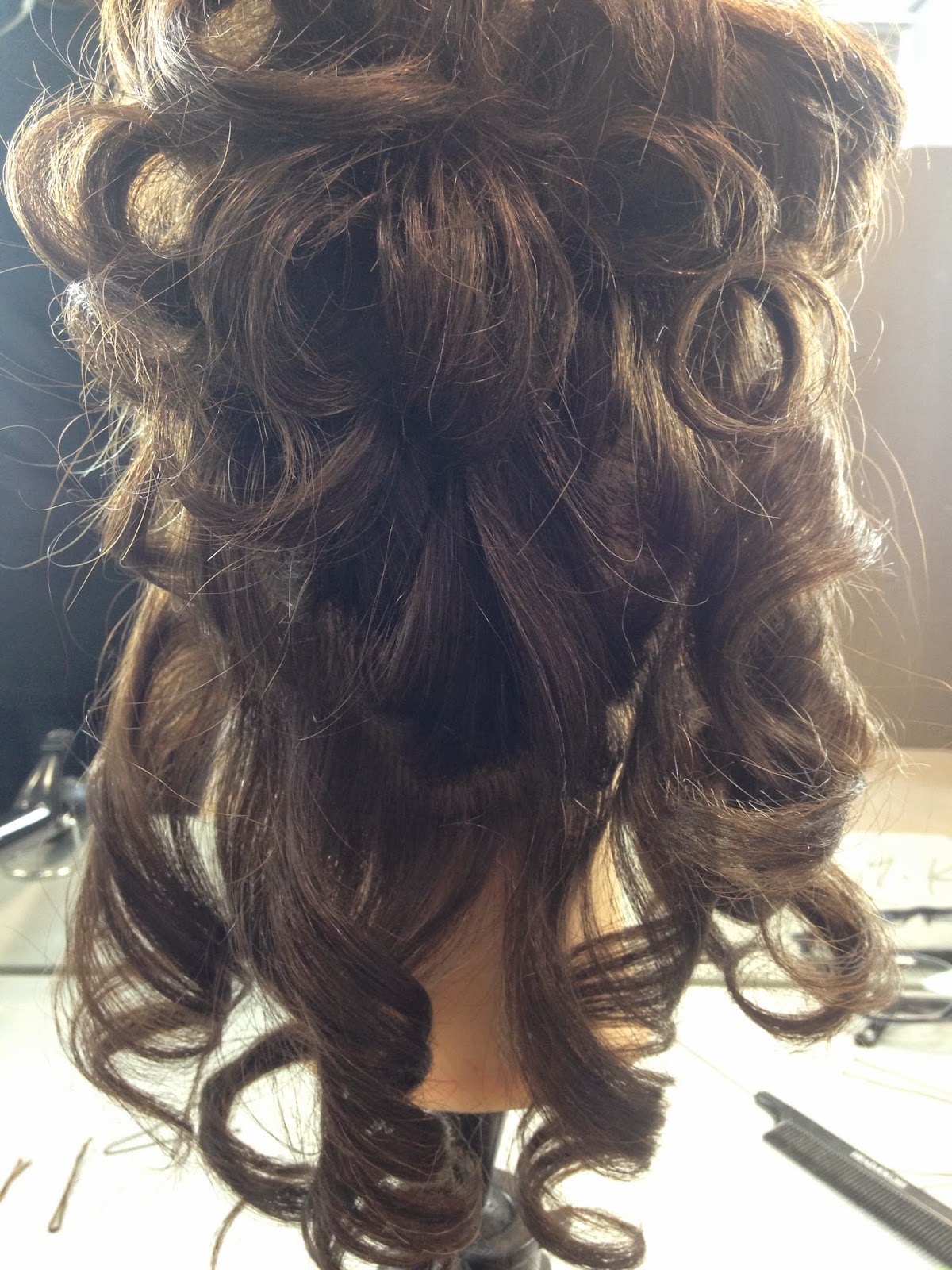As a makeup artist you are expected to create make-ups and
hairstyles to meet a production requirements, oversee make-up and hair
continuity during filming, work to the Make-up and Hair Designer’s brief. Continuity
in the makeup department is important to keeping the look of the actor in the
scene consistent when it is shot over several days. As the makeup artist, it is
your job to provide the exact same look every time that scene is shot
regardless of the day, time, location or conditions when you are working with
that specific actor. From doing research I found that a lot of onset makeup
artists use face charts and list the products they have used, what shade and
how much they have used to help with continuity.
I also did some research on continuity in the film industry;
a script supervisor, also known as the continuity person, keeps track of what
parts of the script have been filmed and makes notes of any deviations between
what was actually filmed and what appeared in the script. They make notes on
every shot, and keep track of props, blocking, and other details to ensure
continuity from shot to shot and scene to scene. The script supervisor's notes
are given to the editor to expedite the editing process. The script supervisor
works very closely with the director on set.
On a set there is usually a Make-up supervisor, the make-up
supervisor is a normally reports to the key makeup artist to assist in running
the makeup department. Make-up supervisors typically handle production matters
and generally serve the needs of senior artists. Makeup supervisors don’t very
often do makeup themselves. Their duties can include keeping a record of makeup
continuity, handing the scheduling of makeup teams and providing for the
general needs of the makeup department. They are expected to be a connection
between the makeup department and the rest of the production departments, making
sure that makeup supplies, production assistants or electricians are on hand
when needed.
Below are some mistakes that have been made in the film industry:
Image links:
https://www.google.co.uk/search?q=continuity+mistakes+in+movies&espv=2&biw=1366&bih=667&source=lnms&tbm=isch&sa=X&ei=GBAgVcvvFaXa7gbIwYGACw&sqi=2&ved=0CAcQ_AUoAg#imgdii=_&imgrc=GDW67s0FXmswtM%253A%3BkdvPuQ5a-HapTM%3Bhttp%253A%252F%252Fcdn.emgn.com%252Fwp-content%252Fuploads%252F2014%252F01%252Fmovie_mistakes_05.jpg%3Bhttp%253A%252F%252Fwww.nairaland.com%252F1971120%252Fpictures-19-hilarious-movie-continuity%3B500%3B500




.jpg)

.jpg)












































